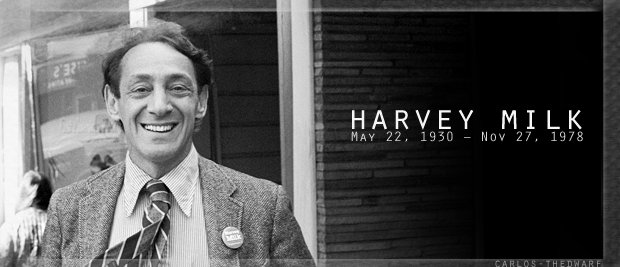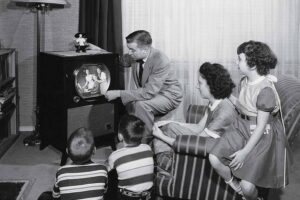As a writer, you are always looking to make your sinister and criminally motivated characters unique and different than the slew of “serial killers” that permeate so many books nowadays. As an experienced law enforcement officer, I can’t tell you how many times I’ve encountered good, solid people who just explode in criminal behavior out of seemingly nowhere – but in reality the seeds were sown way before a life changing event made them criminally intentioned.
We’ve all read or heard about it. The neighbor with no history of violence who decides to ax murder his entire family. The nightly news interviews his neighbors, who all state “He was such a quiet man,” or “He always waved hello to me,” and other accolades. The truth is, many seemingly normal people commit seemingly bizarre crimes.


Psychologists say that a childhood psychological disturbance can be so overwhelming that it can cause later deviant behavior. Mental anguish of this severity manifests itself in many modern-day serial killers such as Ted Bundy, Jeffrey Dahmer and David Berkowitz. After their capture, some of these killers have produced paintings and drawings in prison which, some say, display further evidence of their emotional scars. Serial killer art has appeared on eBay and some of this controversial work has turned up in the nation’s auction houses. Arthur Shawcross, the “Genesee River Killer,” convicted of sixteen murders in upstate New York, had his paint privileges revoked in 1999 when it was discovered that one of his paintings was being sold on the Internet.
The psychopath, also called a sociopath, is a personality that is characterized by cruelty, egotism, impulsive conduct and no remorse for his or her actions. Other traits include selfishness and an inability to give love and affection to others. True loyalty, warmth and compassion are foreign to psychopaths and they usually do not respond to acts of kindness. They have a remarkable disregard for truth and often become pathological or compulsive liars. They do not feel your pain and suffering. Why? Because they have been emotionally deprived of love, affection and feelings in their family history. You can’t miss what you never had.

Antisocial personalities usually do not perceive their behavior as dysfunctional because they see themselves as normal and often feel persecuted by society. They do not anticipate personal consequences and, even under high-pressure conditions, they remain cool and calm in their demeanor. O.J. Simpson has been described as a sociopathic personality. So has Ted Bundy, Charles Manson and Captain Jeffrey McDonald, the Green Beret doctor who murdered his family in 1970.
As a writer, to be correct in your character description you must remember that all psychopaths are anti-social, but not all anti-social people are psychopaths. Anti-social people are argumentative, socially incorrect or inappropriate, but they are not always psychopaths. If you think long and hard, I would bet you have some friends or acquaintances that might be anti-social.
Nutritional factors were also suspected of having unpredictable effects on the human brain. One of the earliest studies that investigated the link between behavior and diet was completed in 1943. This research found a correlation between low blood sugar and murder. It was said that low blood sugar lowered the ability of the mind to make rational decisions.
In recent years, allergic reactions to food have also been used to explain criminal behavior. The famous “Twinkie Defense” in San Francisco is an example of that trend.
Crime is still a vastly complex, poorly understood phenomenon, and of course, there are no absolutes when it comes to human behavior. Whether the cause is demons, bumps on the head, genetics, DNA, food allergies, too much Tweeting, phases of the moon, brain injury or a package of Twinkies, crime is much too diversified to be neatly packaged under one heading. No single cause can account for all types of criminal behavior.
Theorists today generally agree that it is a blending of many factors, such as environment, hereditary considerations and psychological development that form the need to commit crime. But that doesn’t stop criminologists and scientists from introducing new theories of crime causation whenever possible.

In 1978, former police officer Dan White burst into San Francisco Mayor Moscone’s office and shot him and Councilman Harvey Milk to death. His attorney later explained that White was suffering from some type of mental imbalance that caused him to eat a great deal of junk food, including Twinkies. Though the claim was never actually made at trial, the so-called “Twinkie defense” came to mean that eating junk food can cause deviant behavior.
Although he was convicted, Dan White received a more lenient prison sentence. Several years after his release, White committed suicide. But “junk food” was an imprecise term because not everyone thinks the same of “junk food.” What is bad to one person might be nutritious to another, such as pizza or burgers. I recently read about a man who ate nothing but pizza three times a day for the last twenty-three years, and he looked kind of healthy to me.
Allergic reactions to certain types of food and artificial additives have also been associated with psychological disorders. As can be imagined, it is extremely difficult to prove conclusively that any type of food can generate deviance in any one person. In 1983 in San Ysidro, California, James Oliver Huberty, burst into a McDonald’s fast food restaurant and killed 21 people with an automatic weapon. His wife later brought a lawsuit against the hamburger chain because she claimed that the additives inside Chicken McNuggets caused her husband to go on a rampage.

So maybe in your thriller you should have your sinister, evil character slink into a convenience or fast food store before the murderous deed, and pick up some junk food. Hey, pass the Twinkies!





